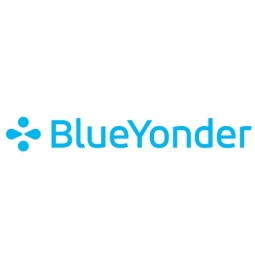Blue Yonder
Case Studies
Mahindra & Mahindra Drives Profitability via Dynamic Segmentation
Overview
 |
Mahindra & Mahindra Drives Profitability via Dynamic SegmentationBlue Yonder |
Platform as a Service (PaaS) - Data Management Platforms Analytics & Modeling - Machine Learning | |
Automotive | |
Logistics & Transportation | |
Inventory Management Supply Chain Visibility | |
Data Science Services | |
Operational Impact
| Overall 10% reduction in inventory quantity | |
| 6% reduction of inventory value | |
| 4% reduction of inventory quantity | |
Quantitative Benefit
| 10% Overall reduction in inventory quantity | |
| 6% reduction of inventory value | |
| 4% reduction of inventory quantity | |


